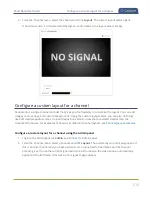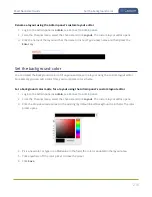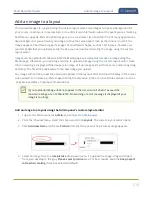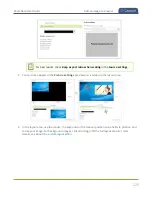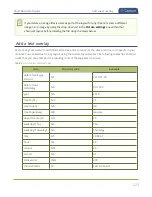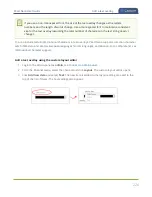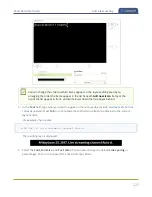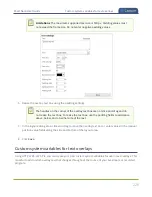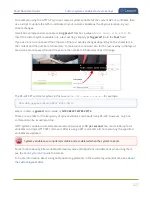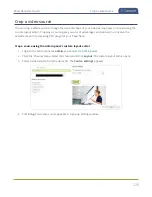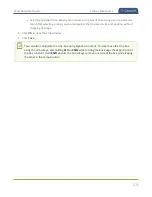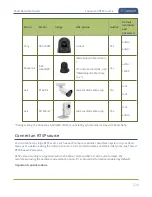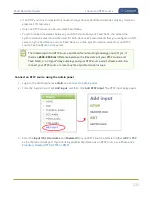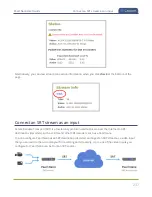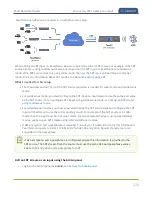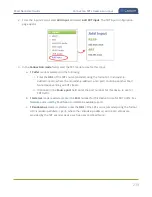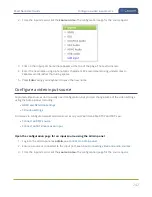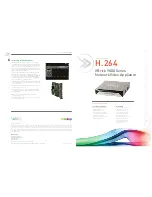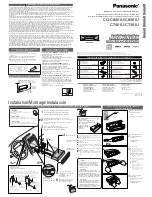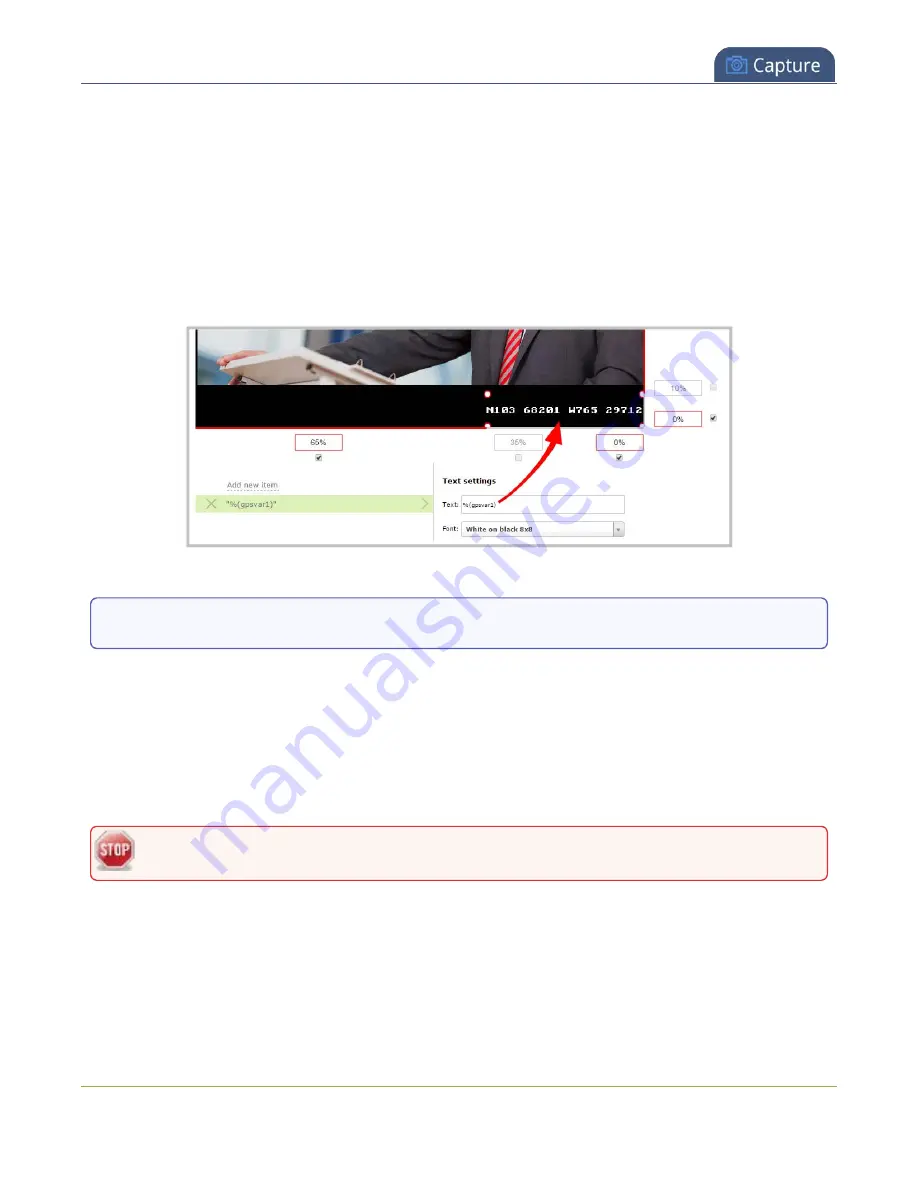
Pearl Nano User Guide
Custom system variables for text overlays
For example, using the HTTP API you can create a system variable for the current GPS co-ordinates, then
use a script to update the GPS co-ordinates in your custom variable as the physical location in your
stream changes.
Here's an example custom variable called
gpsvar1
that has a value of
N103 68201 W765 29712
. To
insert the custom system variable into a text overlay, simply type
%(gpsvar1)
into the
Text
field.
If you use a non-monospaced font, the size of the text overlay changes depending on the characters in
the content and the number of characters. To maintain a consistent size for the text overlay in the layout
area, use a monospaced font and make sure the number of characters doesn't change.
The RS-232 SET command syntax in this case is
VAR.SET.
<name>
=
<value>
, for example:
VAR.SET.gpsvar1=N103 68201 W765 29712
where
<name>
is
gpsvar1
and
<value>
is
N103 68201 W765 29712
.
There are no limits for the frequency of system variable commands using RS-232. However, only one
command can be issued at a time.
HTTP system variable commands are issued at a frequency of
5 per second
. You can include up to six
variables in a single HTTP SET command. After issuing a SET command, all channels using the specified
variables are updated.
System variables are considered volatile and are deleted when the system reboots.
To learn more about global variable command syntax and important considerations when using them,
see the
for details.
For more information about sizing and positioning elements in the custom layout editor area, see
.
227
Summary of Contents for Pearl Nano
Page 100: ...Pearl Nano User Guide Disable the network discovery port 87 ...
Page 315: ...Pearl Nano User Guide Start and stop streaming to a CDN 302 ...
Page 325: ...Pearl Nano User Guide Viewing with Session Announcement Protocol SAP 312 ...
Page 452: ...Pearl Nano User Guide Register your device 439 ...
Page 484: ... and 2021 Epiphan Systems Inc ...



